Clair Morey, “Possession,” photo transparencies, oil and acrylic paint on canvas, 96” x 84”, 2021
Stone House Art Gallery is pleased to present Crying on Command, a single painting exhibition by Clair Morey. The exhibition will be on display by appointment only through September 27.
Crying on Command is a recollection of traumatic events and how the recurring experience of humiliation is carried throughout life, and the power structures associated with an act of degradation. The repetitive and immediate process of layering transparencies emphasizes the weight of significance and their occurrence during seemingly mundane activities – walking through the streets, riding the subway, doing the dishes, or while passed out on a sofa.
By lifting stills from Andrzej Żuławski’s 1981 film, Possession, the image becomes a place of confrontation with past experience while also submerging into a state of denial and repression, as watching a film creates a physical distance from the screen – continuing a negation of remembrance. As recalling these experiences persists into the present, a feeling of paranoia and dread surrounding the event becomes a command rather than a lingering suggestion. As the film describes the deterioration of a relationship, the overlaying of paint onto the female figure becomes an action of empathy and a wary acceptance of things that have happened, while keeping in mind that some days are better than others.
-CM
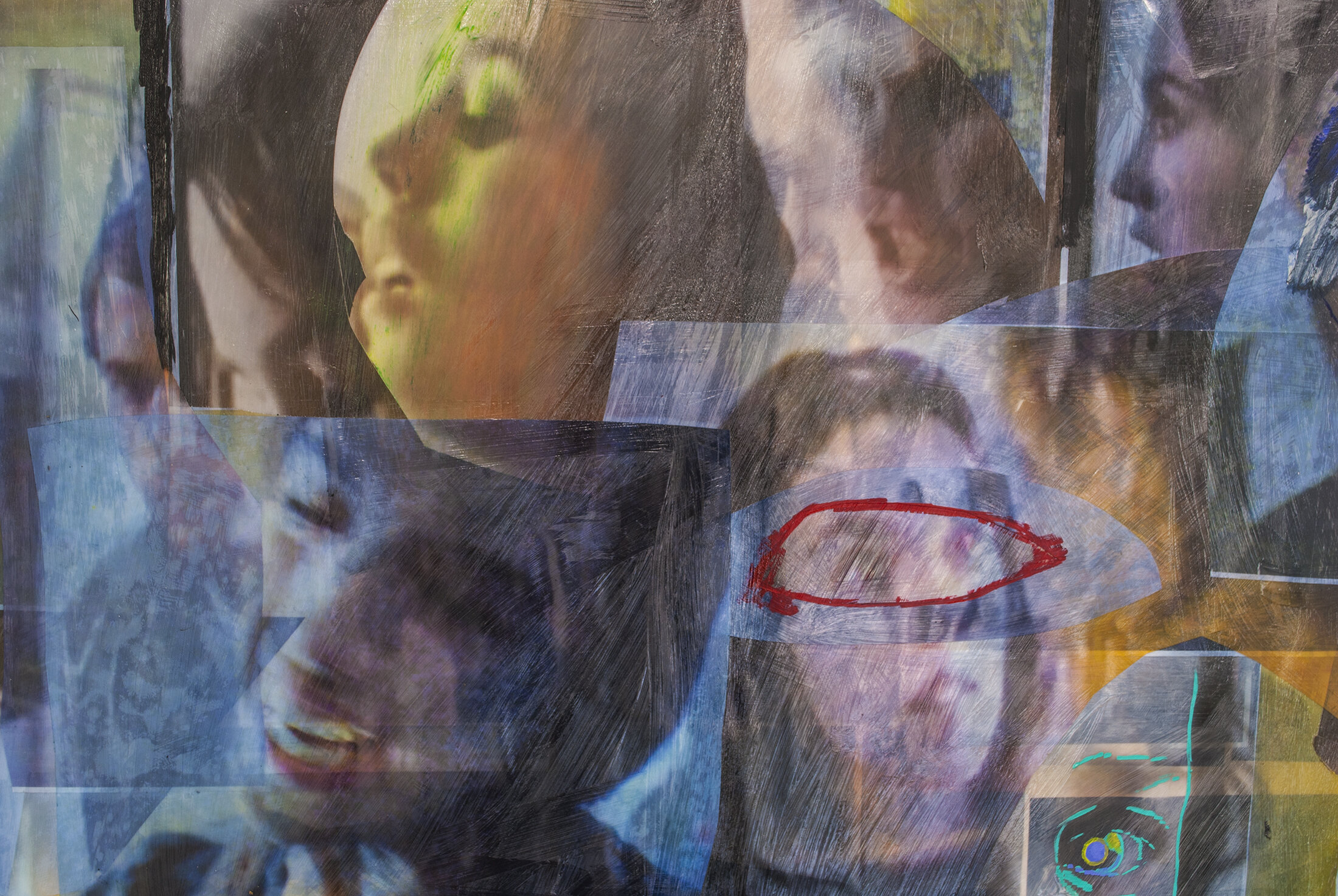
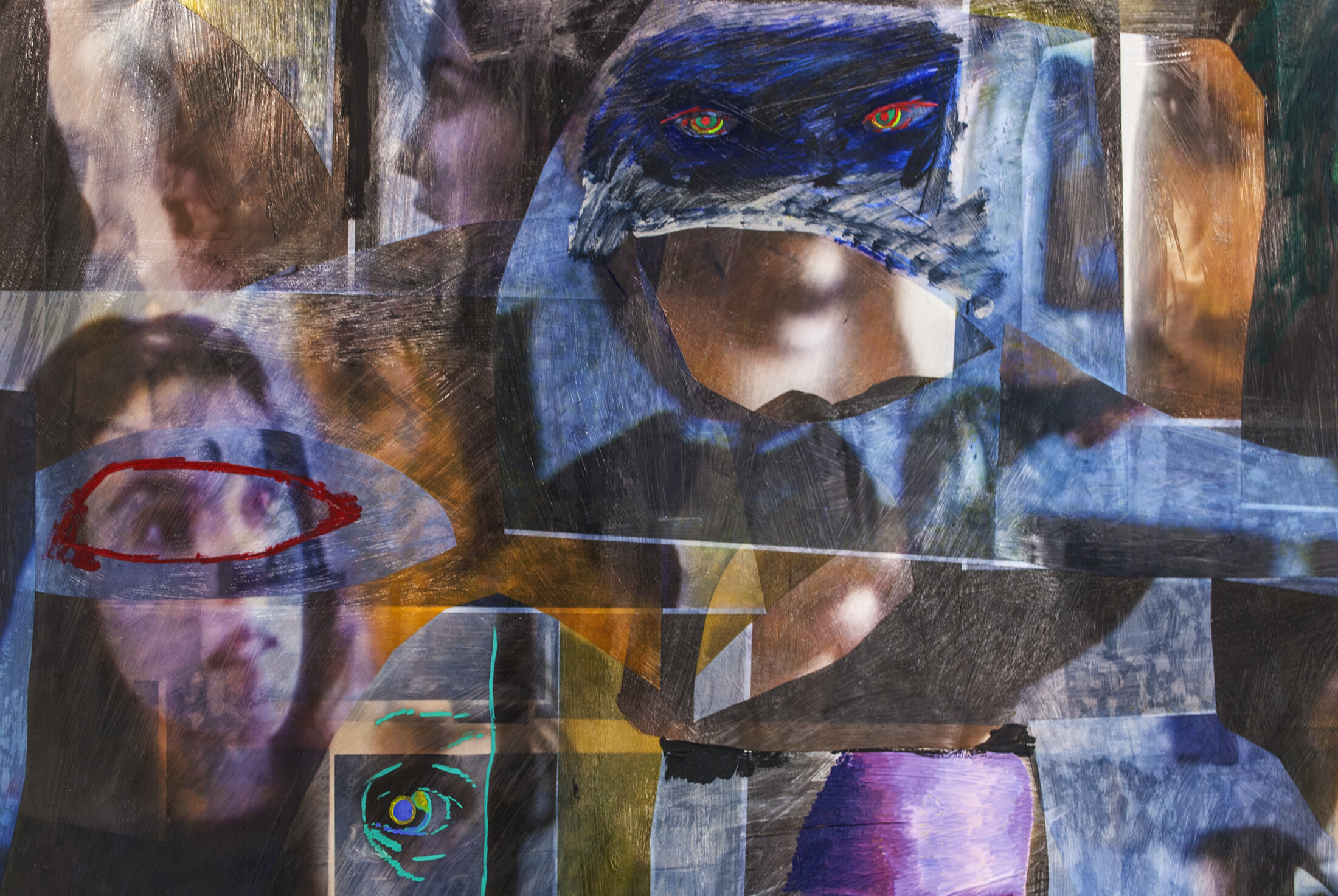
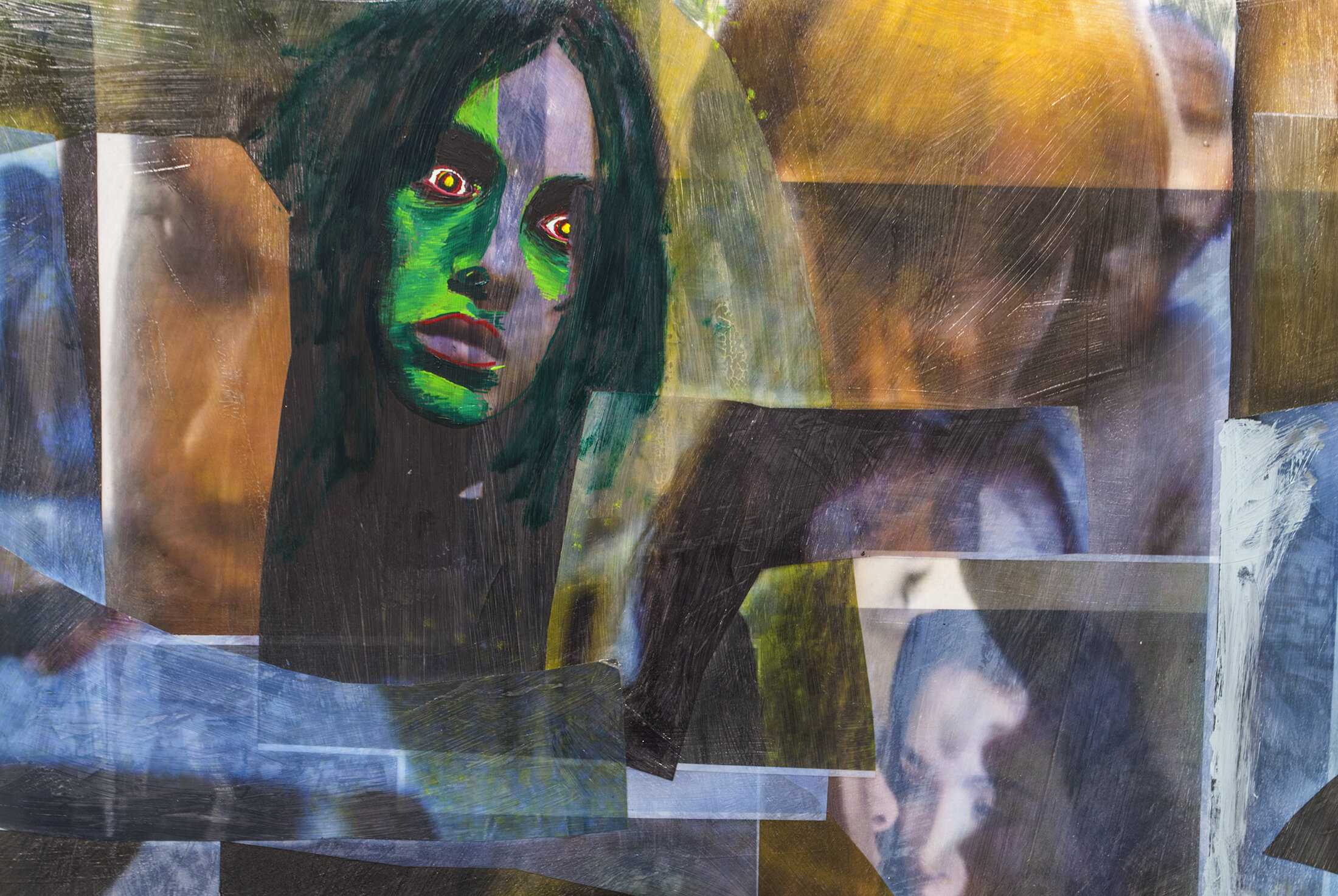
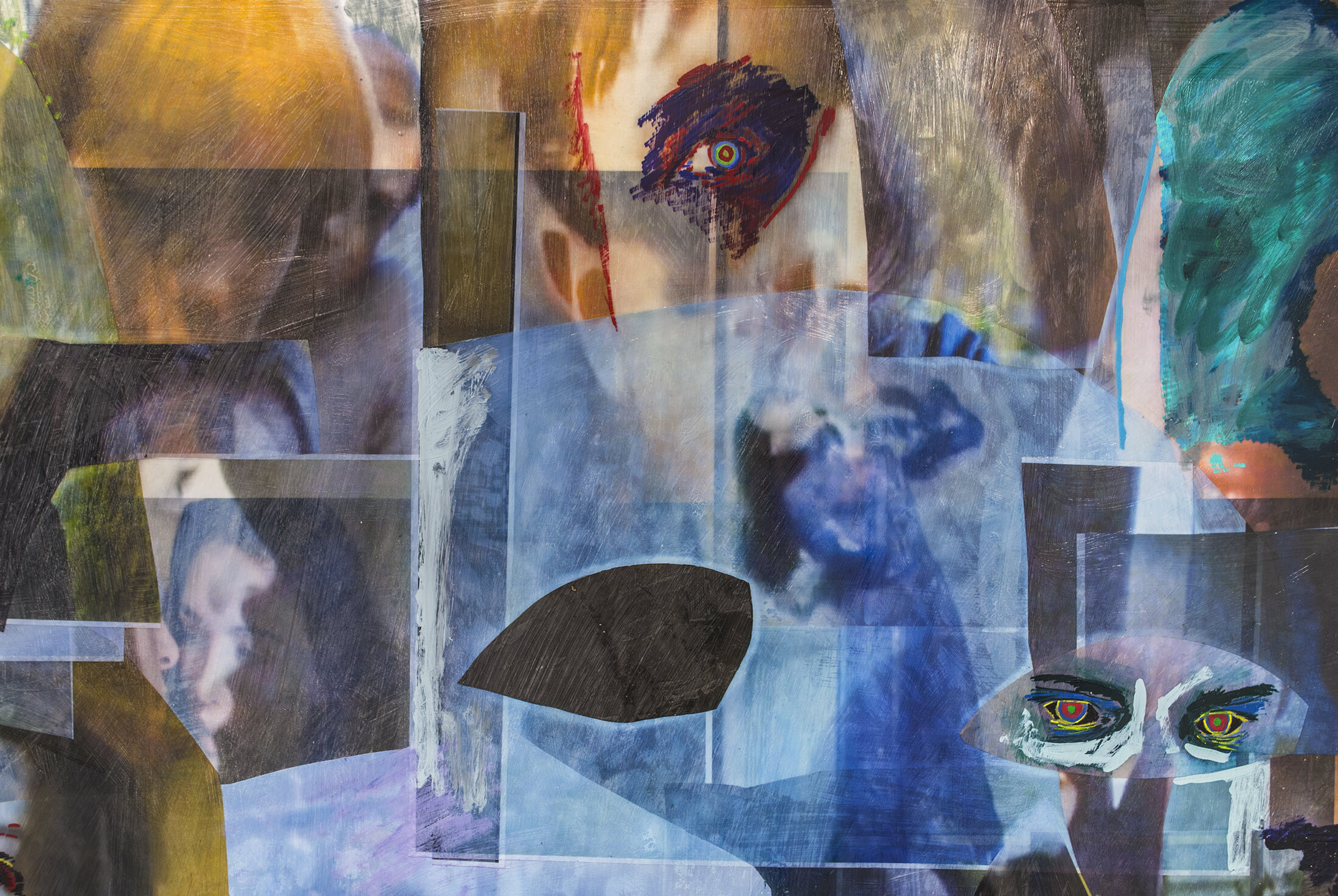
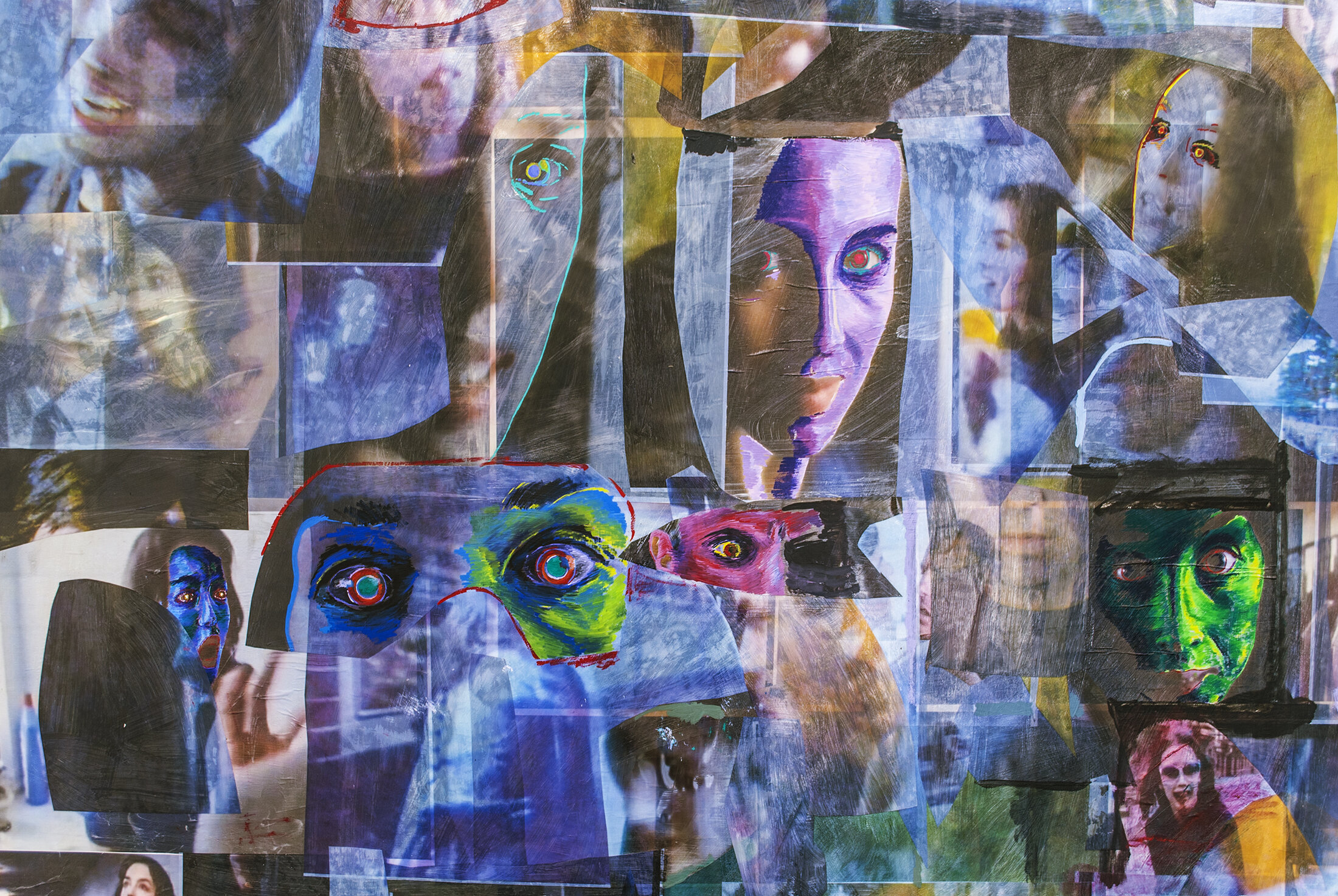
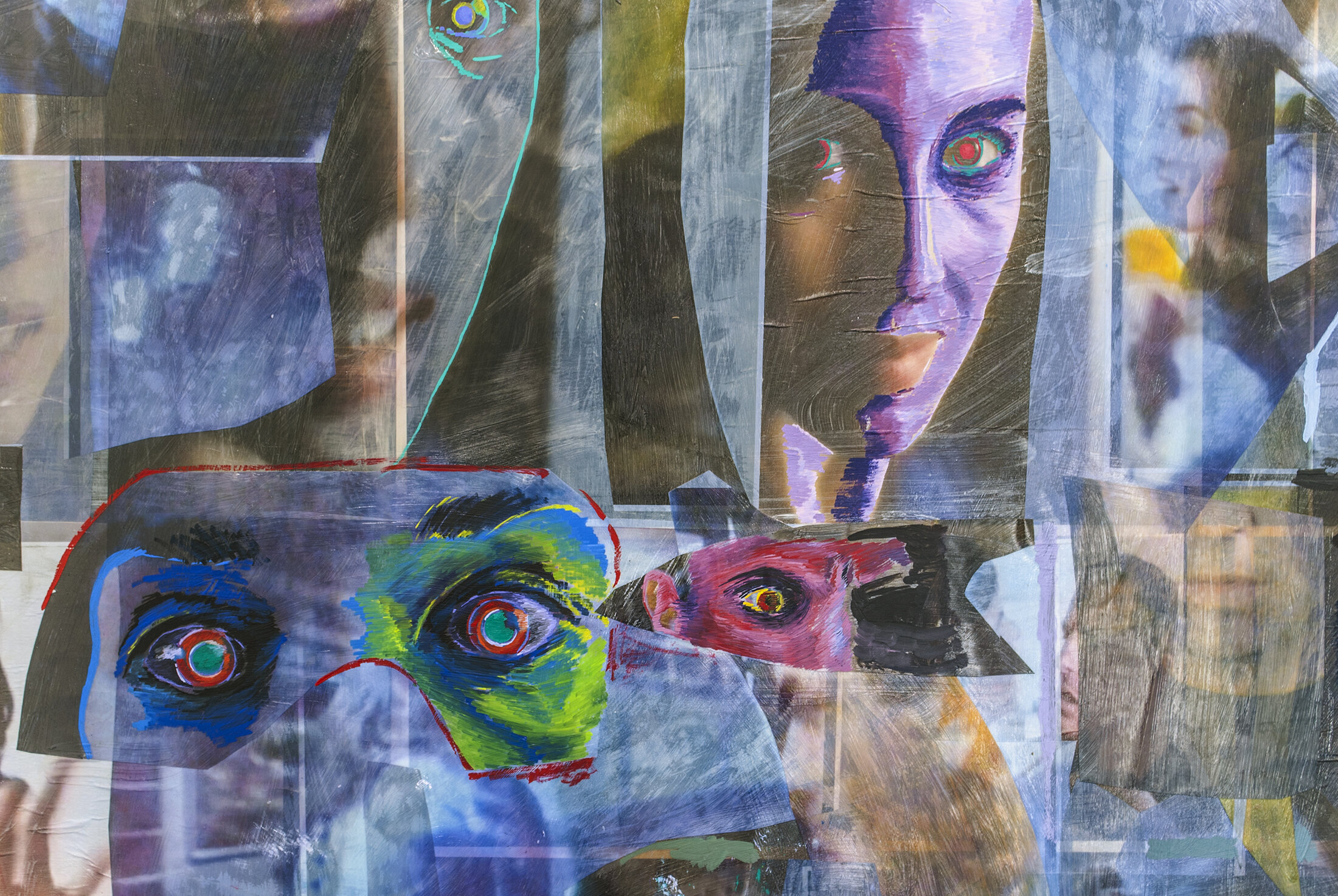
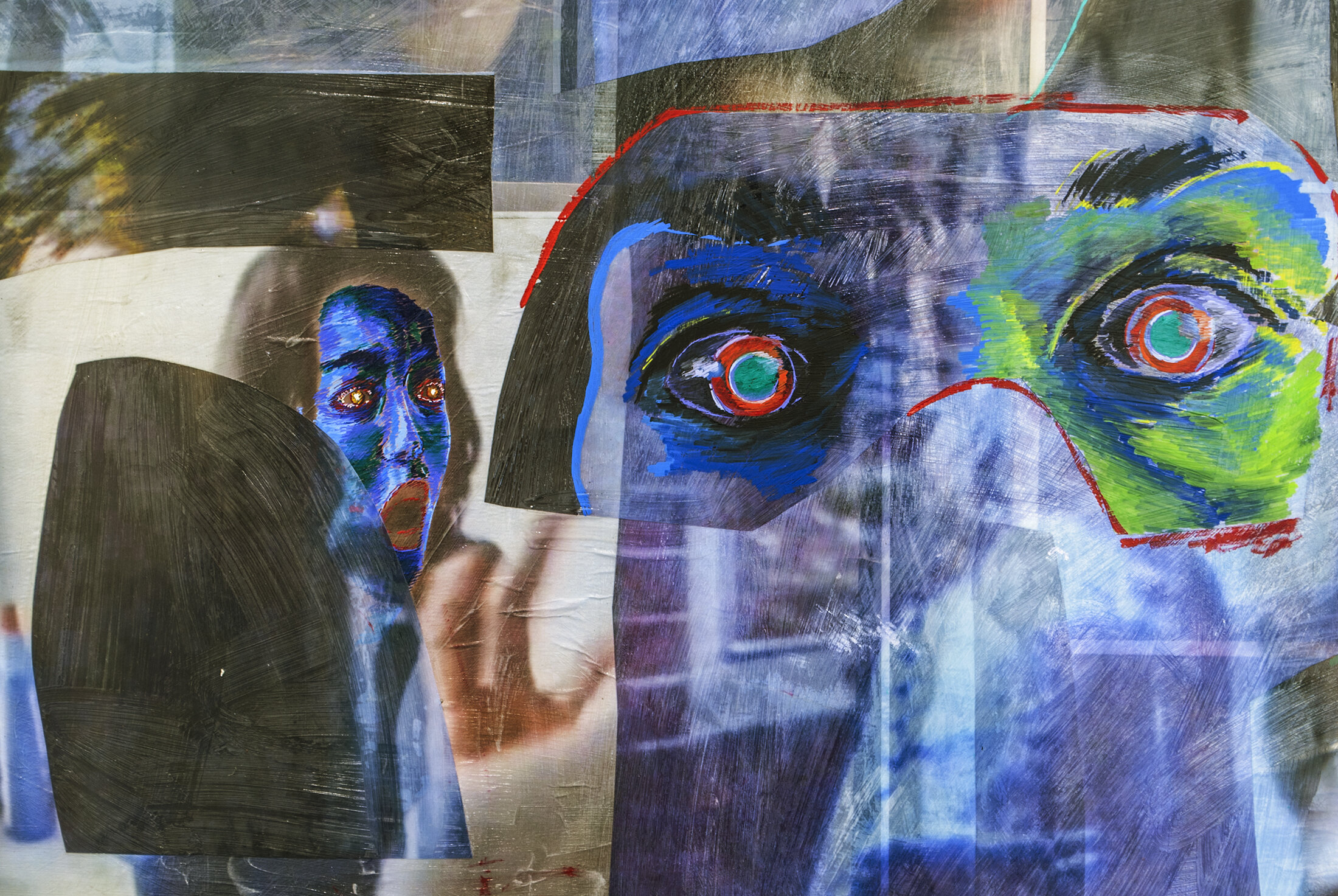
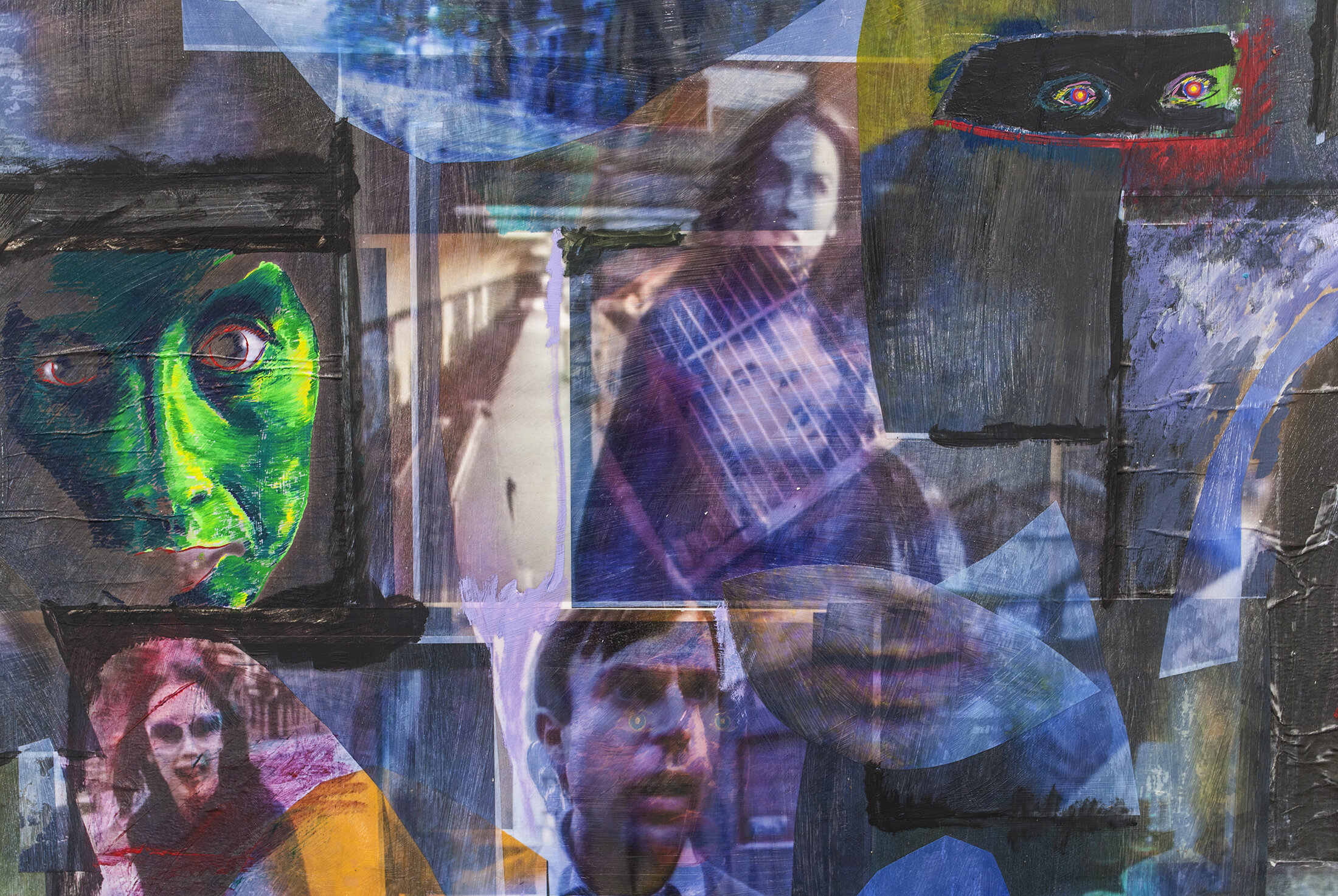
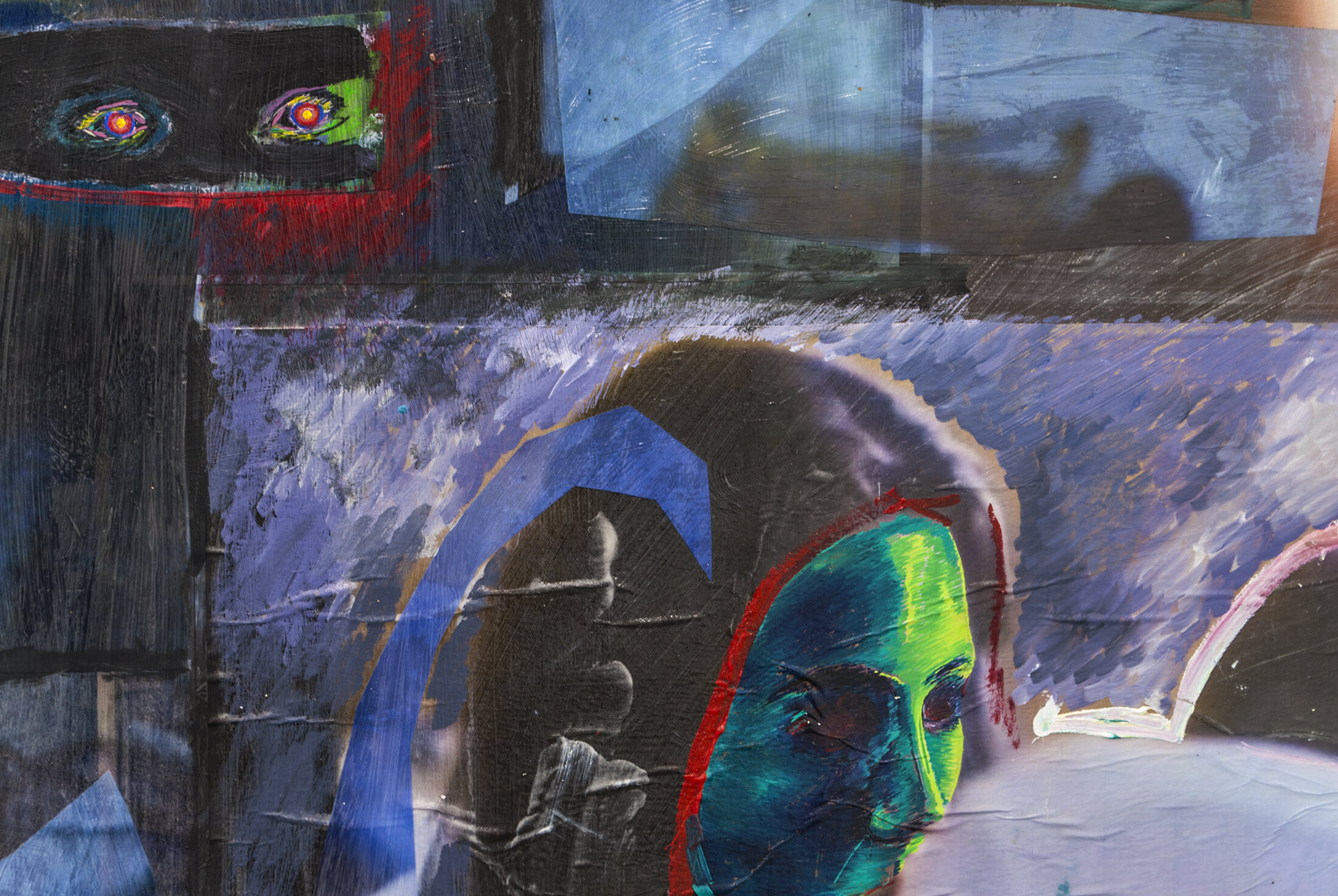
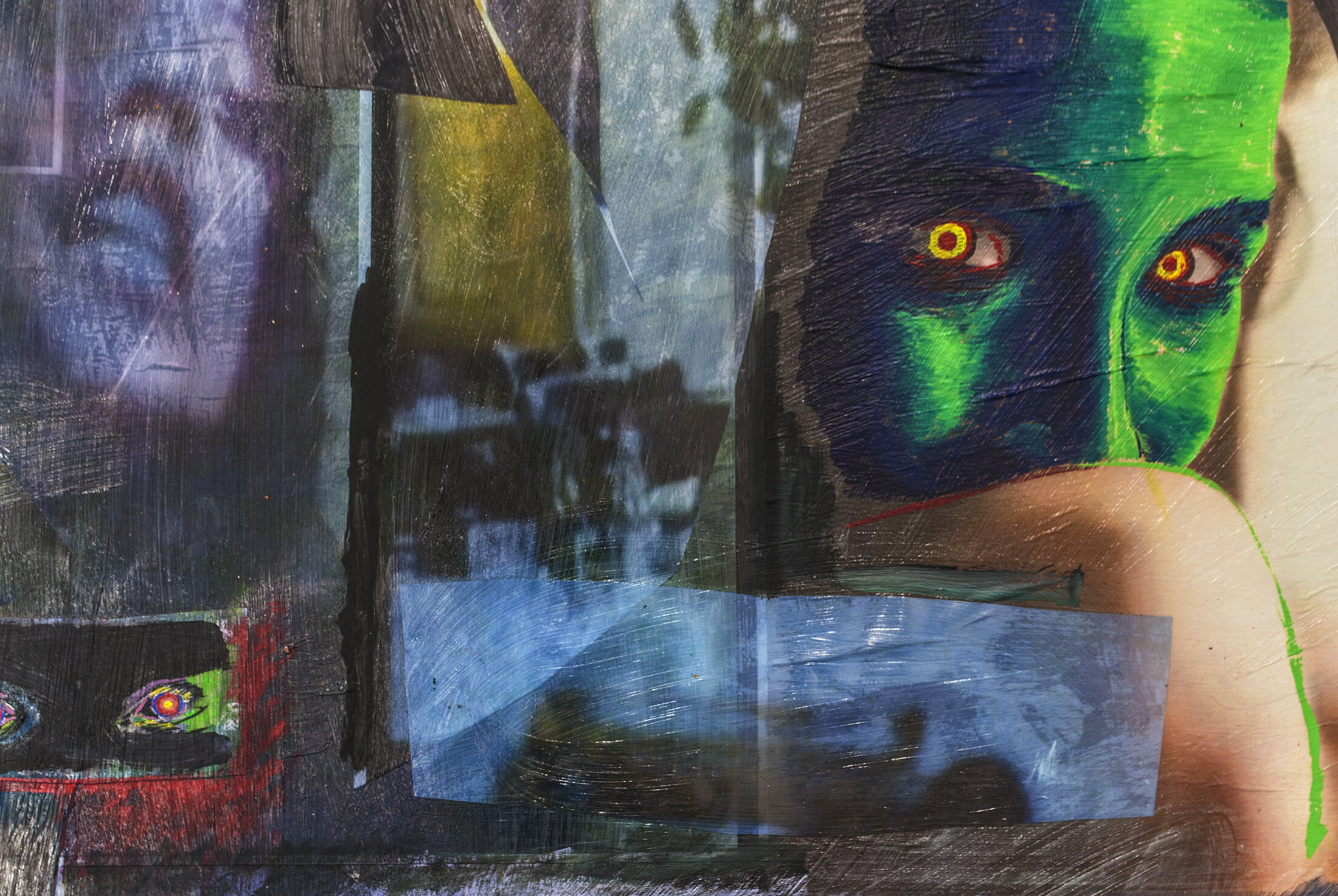
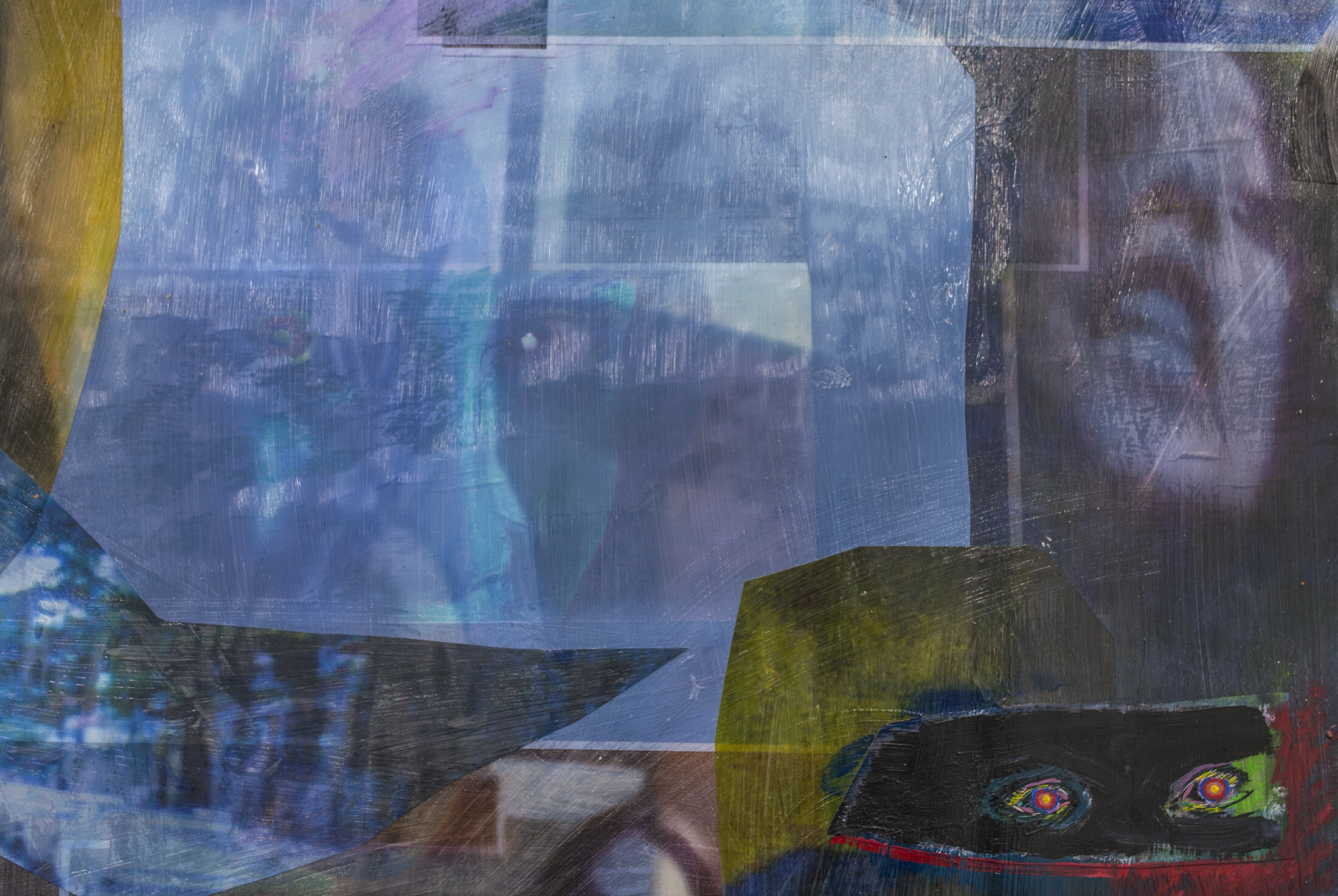
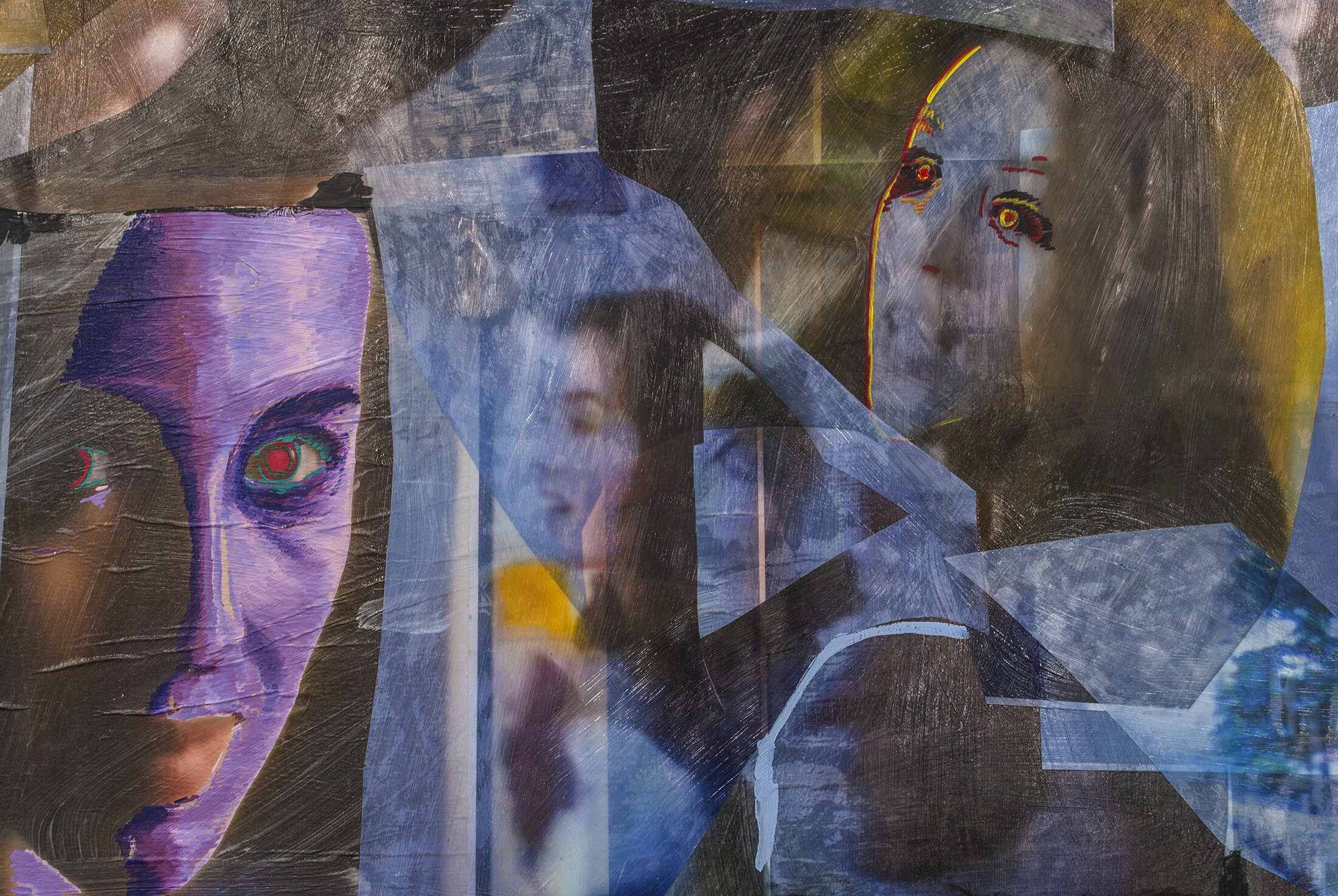
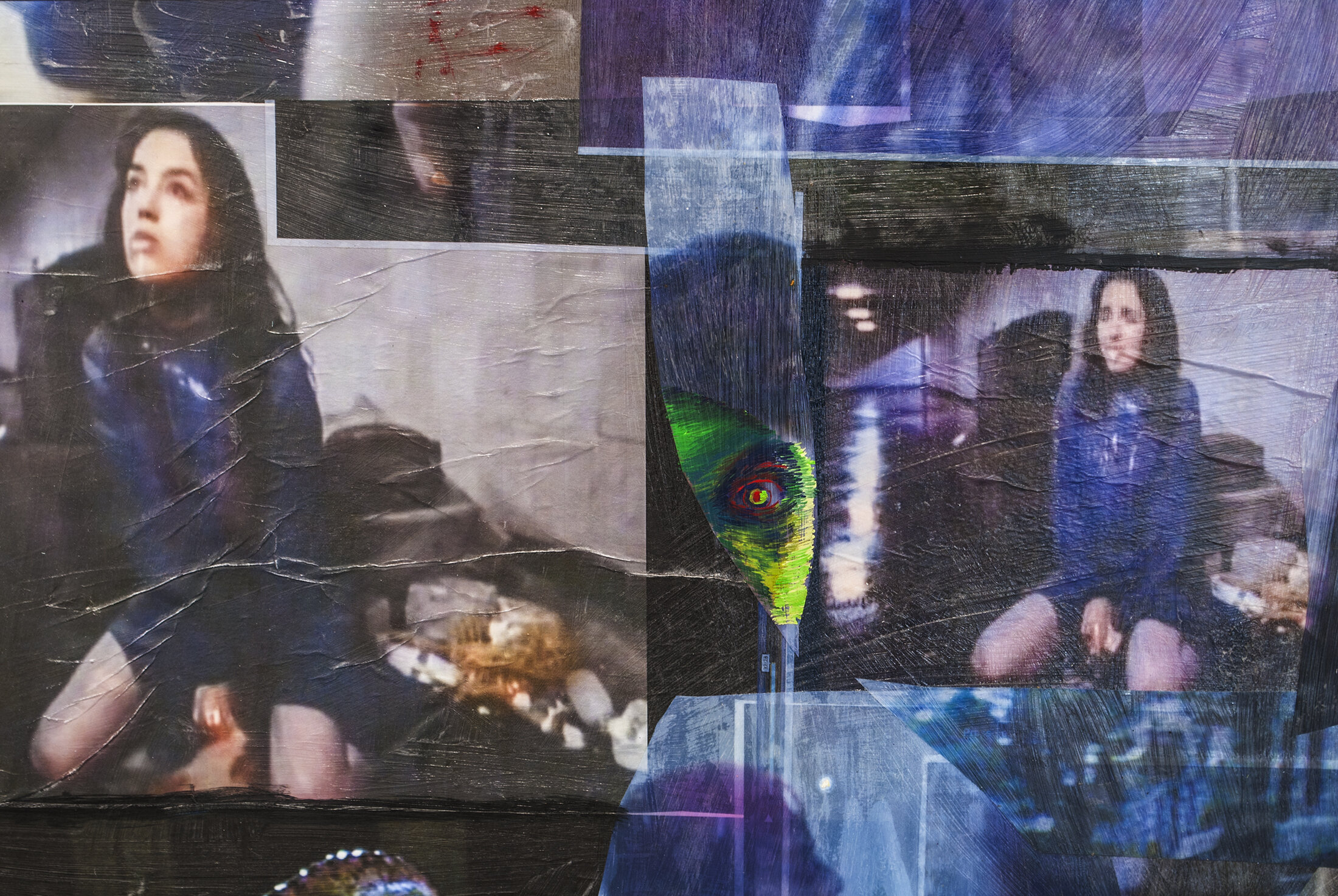
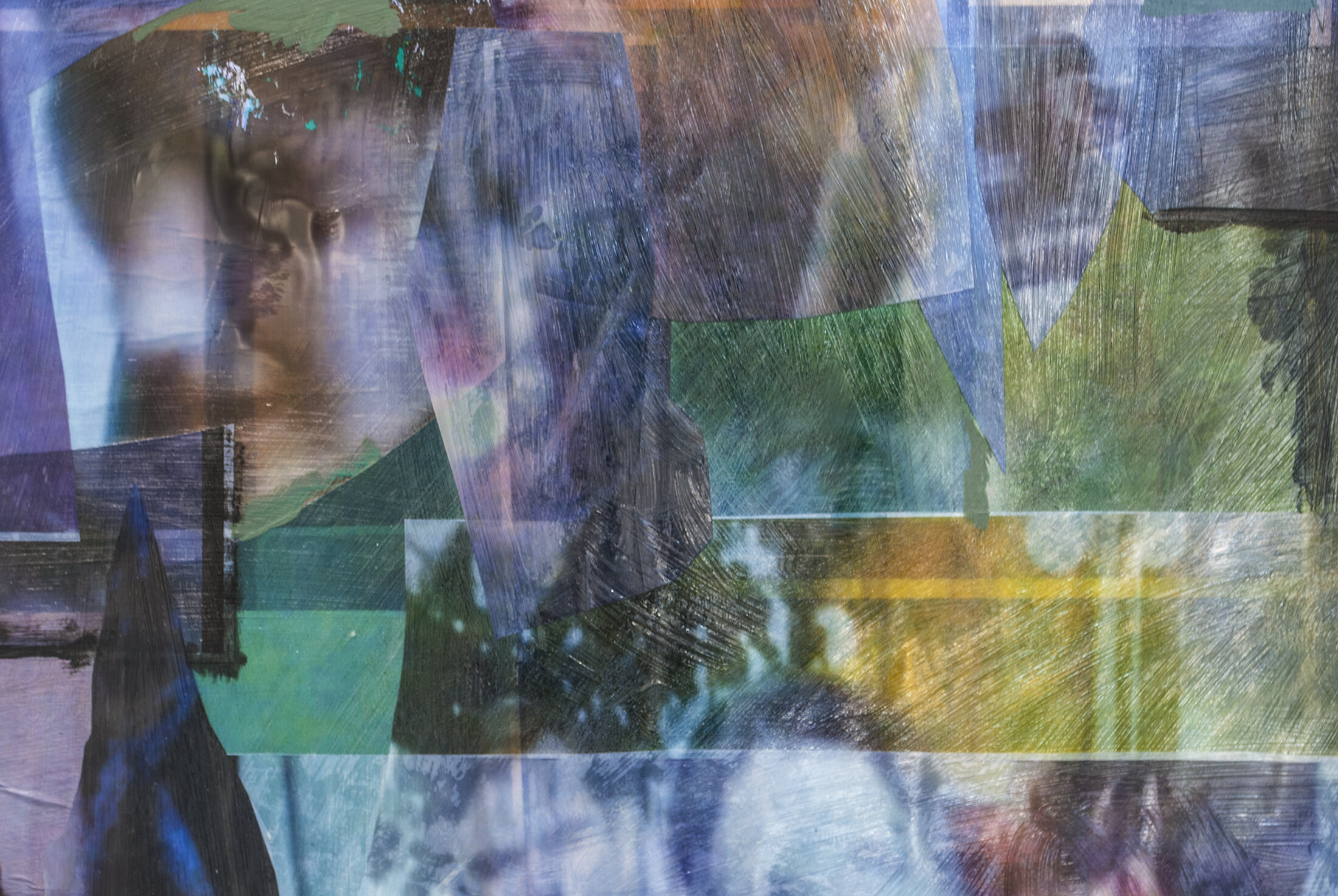
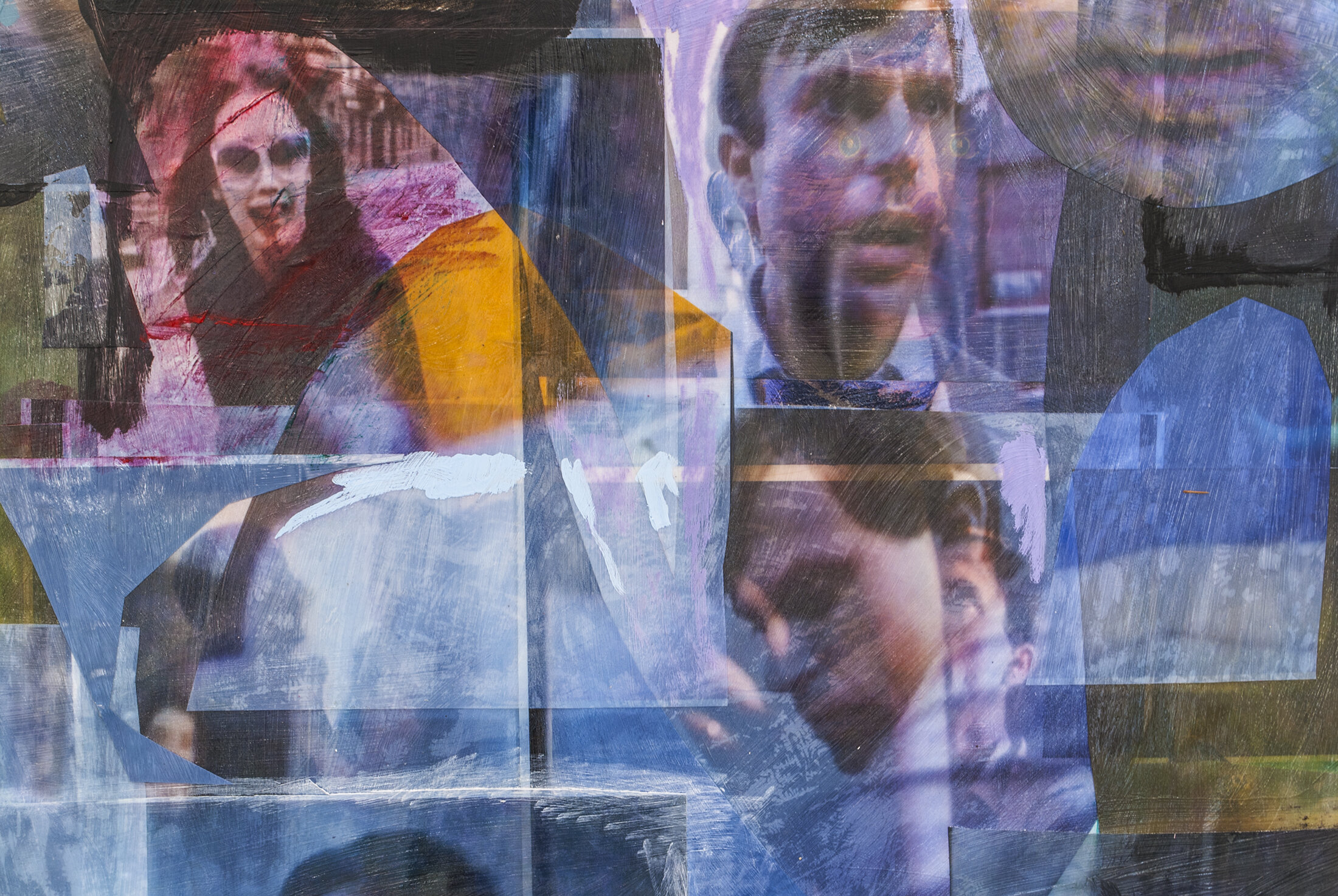
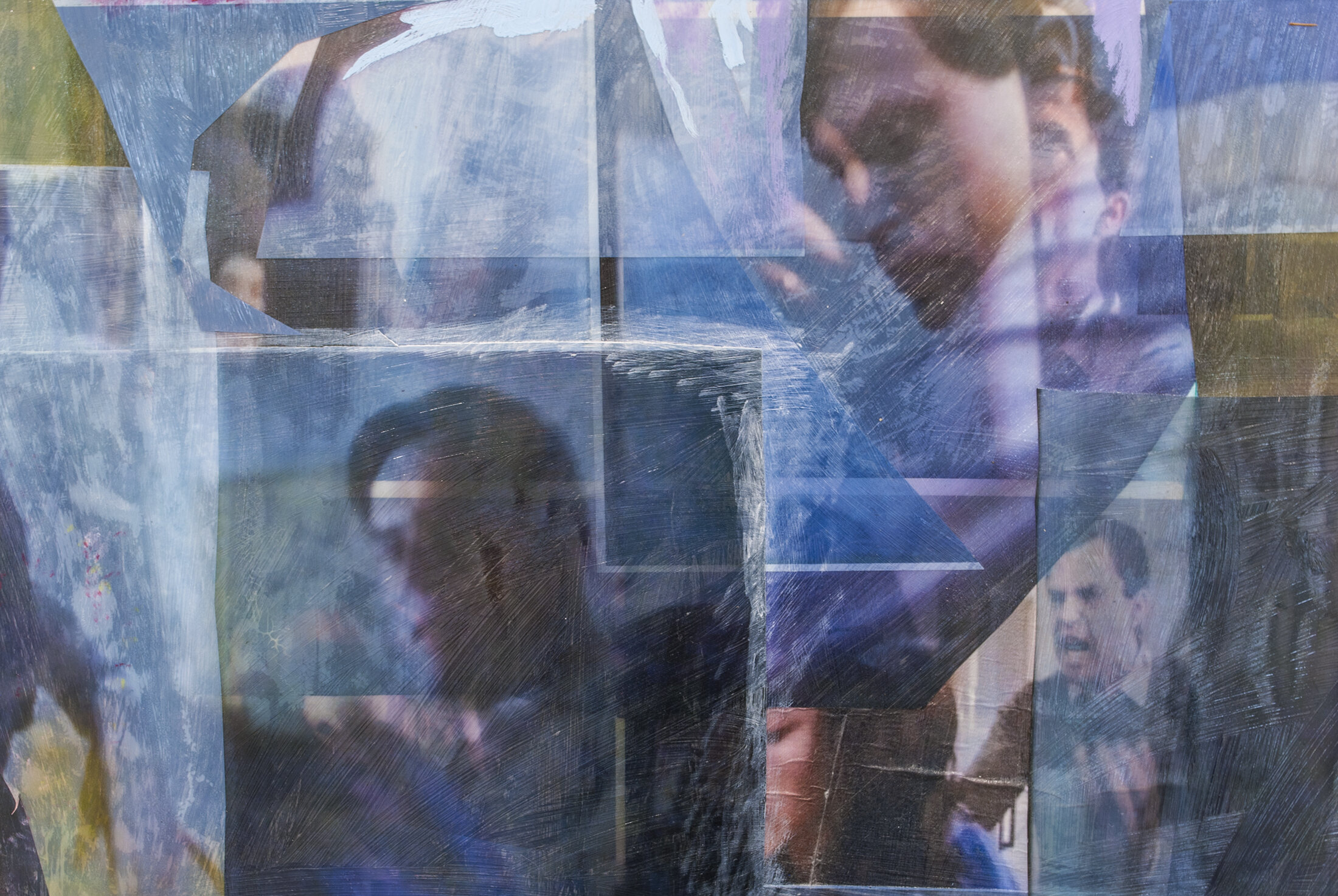

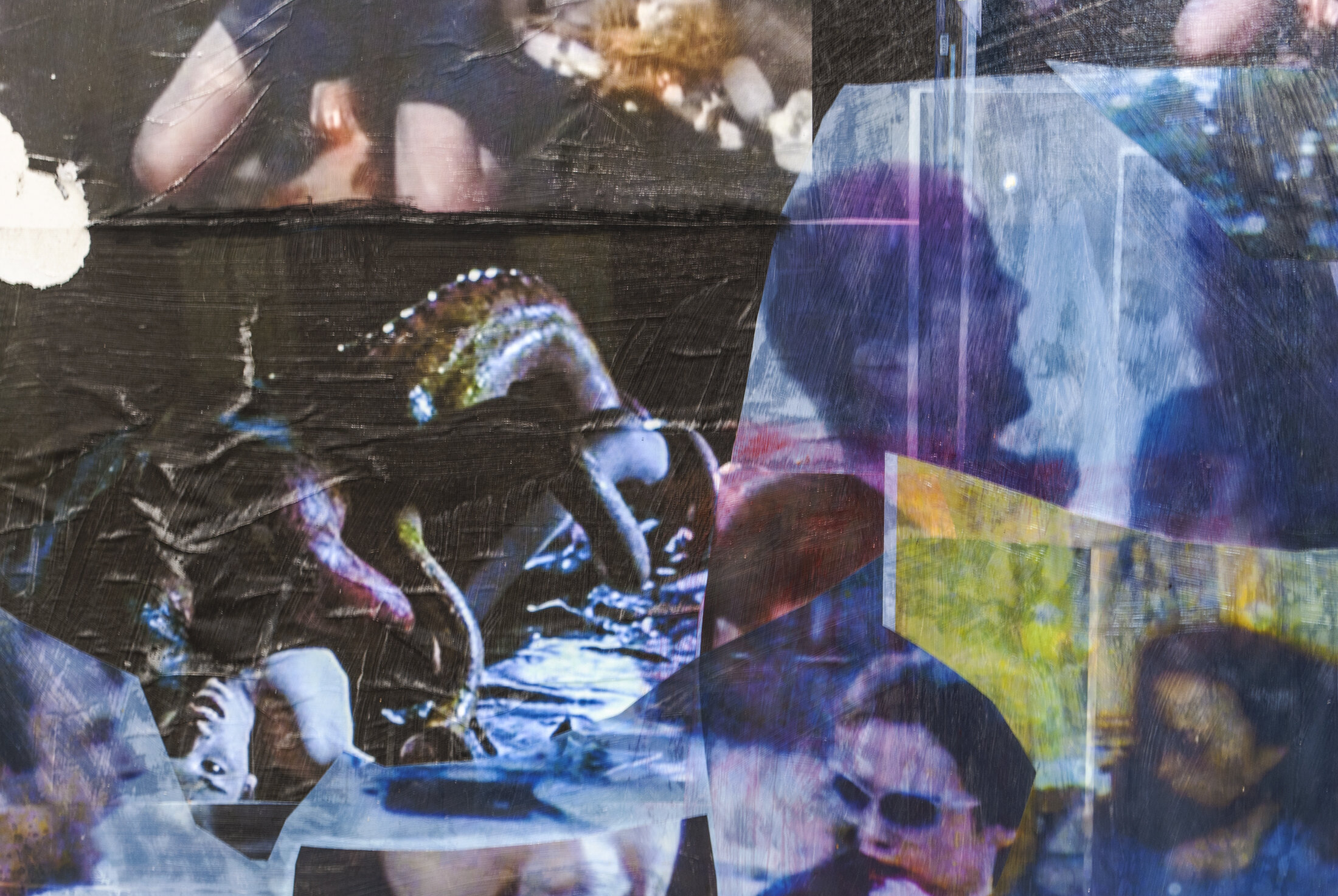
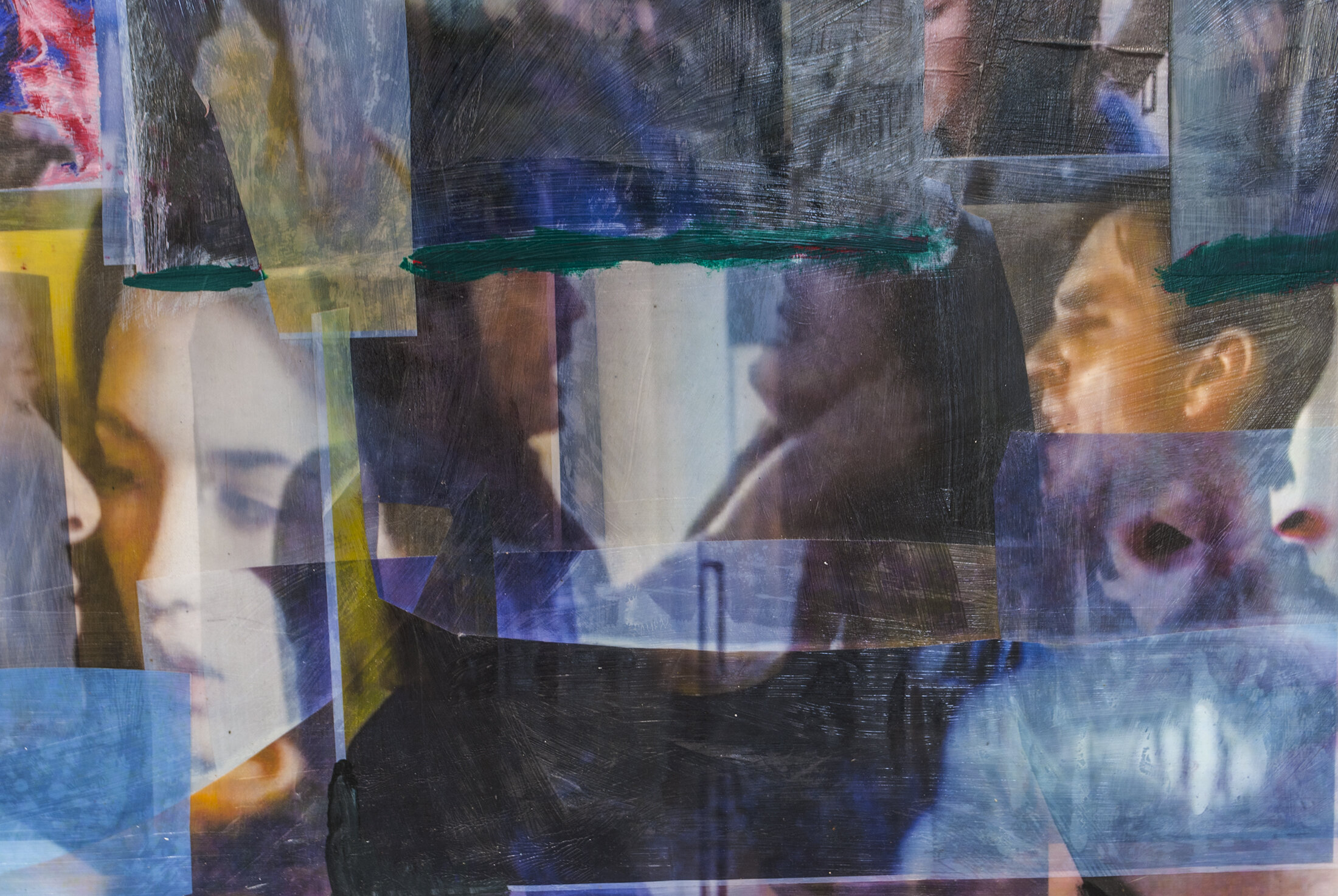
SHAG inhabits a small stand-alone building in my family’s backyard. Surrounded by pastures and trees, its rural quality allows the white interior to glow like a beacon from the nearby highway. A single painting on the back wall mirrors the building’s entrance; its size is comparable to a projected film screen.
The eight by seven foot painting by Clair Morey is layered with imagery from the 1981 film, Possession, of which her painting shares a title. The psychological horror drama chronicles a violent breakup as it turns from a Repulsion-style psychological breakdown into a blood-splattered body horror that ends in the realm of pulp metaphysics.
I fell short in my attempts to watch the cult classic online, finding only clips on Youtube and a director’s cut edition where Andrzej Żuławski’s voice presides over the entirety of the film. My unsuccessful findings were, however, repetitious and adjacent to the effect of Morey’s painting. Each of the main character’s expressions of shock, anger, delusion, lust, and loss begin to form a deluge of the hyper-specific and familiar desensitizations experienced by the female figure. A host of trauma and fragility is recognized on the canvas by broad textured transparent gloss brushstrokes that hold these images in place. Accompanied by detailed facial alterations in oil paint, the painting straddles a reconciliation of repeated trauma through everyday remembrance and tactically seeking to alter such memories.
Each interaction with Morey’s painting at close proximity confronts a singular memory, with acute detail placed on her stylistic choice of confrontation. From afar, “Possession” asserts the dizzying effects of these memories in the way that trauma repeatedly presents itself in the form of non-chronological recollections. What reveals itself is the often sensationalized and misunderstood concept of healing, wherein the horrors of the past are resurrected and refurbished into new understanding.
-Kilee Price

